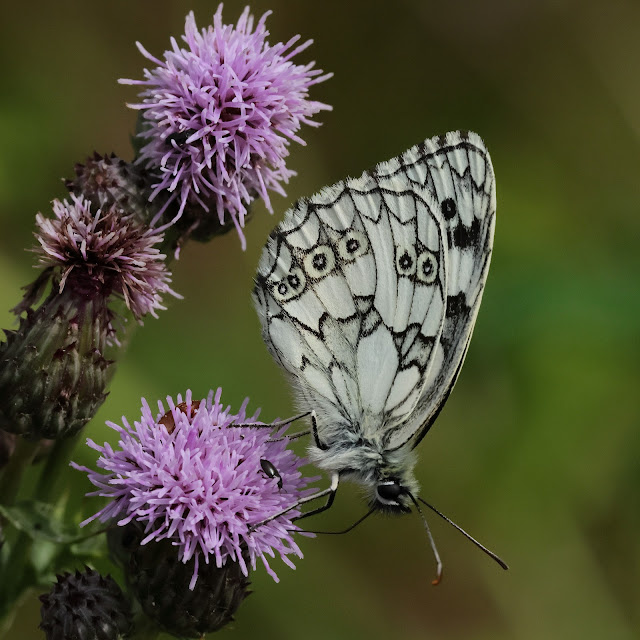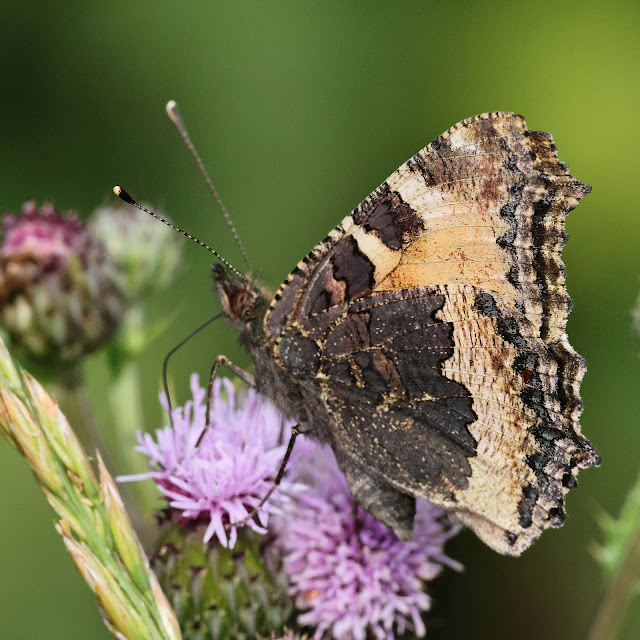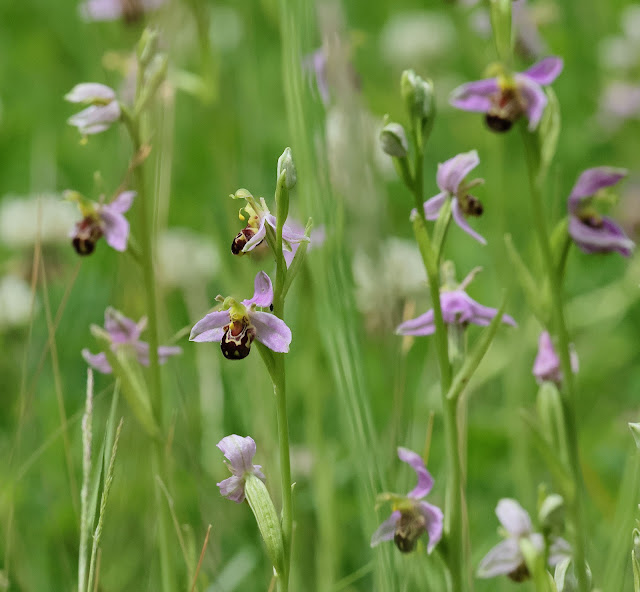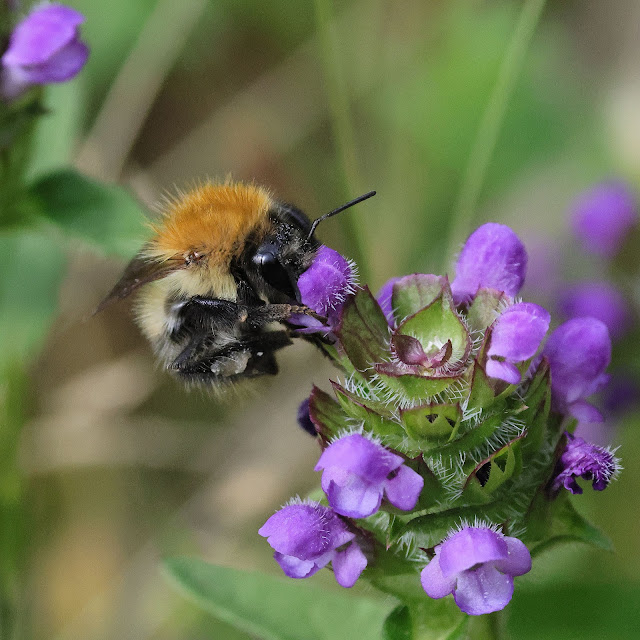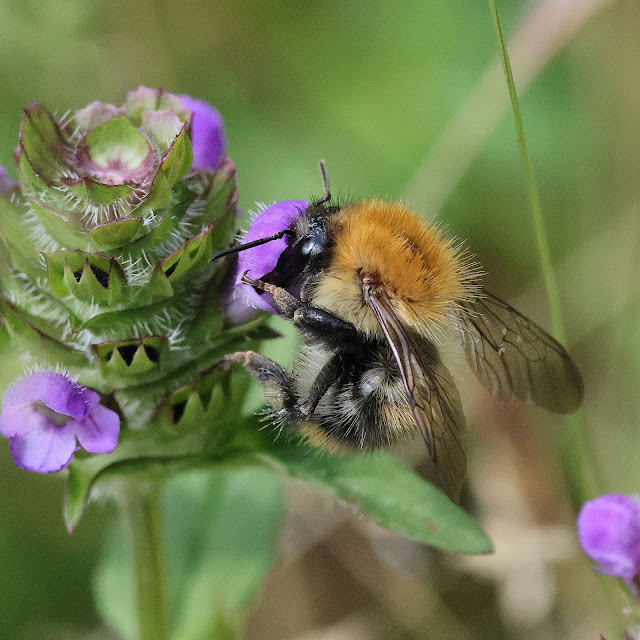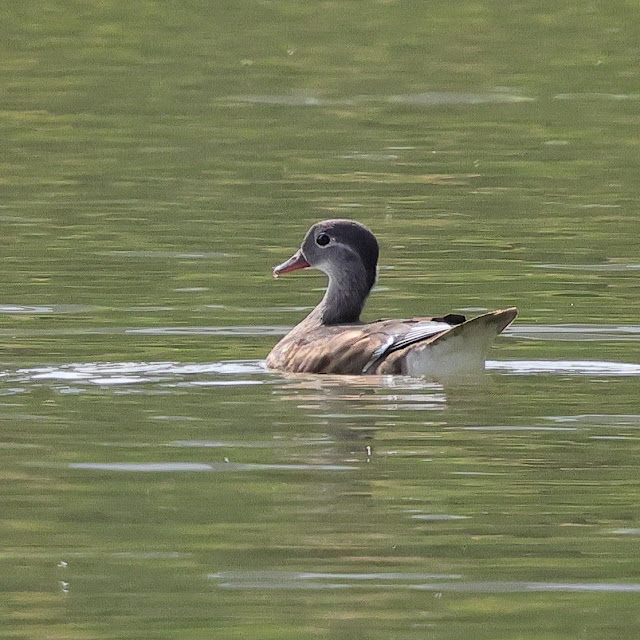15th June 2025 - Andy M took a walk around Granta Park, and spotted a good number of different dragonfly and damselfly species, mostly around the lake and along the river.
In the reeds around the lake were both Blue-tailed Damselfly - a pair mating in fact - and Common Blue Damselfly. These two species are similar at first glance, with the former having less blue on the abdomen and has two-toned wingspots.
Mating pair of Blue-tailed Damselfly - paler greeny-blue female below the blue male
Blue-tailed Damselfly, male
Common Blue Damselfly, male
Also around the edge reeds were several Scarce Chaser, their slim powder-blue abdomen with a darker tip, blue eyes, smaller dark patches at the wing-bases and a diffuse wing tip spot being characteristic. There seem to have been a good number of this species around this year. Also on the reeds was a Broad-bodied Chaser, which also has a broader abdomen with paler spots 'notched' down each side.
Scarce Chaser
Scarce Chaser
Broad-bodied Chaser
On the lily-pads were a few Red-eyed Damselfly, which like to rest on lily-pads and have red eyes!
Also patrolling this area was a Southern Hawker, although it failed to settle for long enough to have its photo taken.
Red-eyed Damselfly
Finally, in the sedges along the river were good numbers of Banded Demoiselle. The strikingly blue males with a black 'thumb-print' on the wings guard prominent perches vigorously and flicking their wings to attract the attention of the much greener, but equally shiny, females.
Banded Demoiselle, male
Banded Demoiselle, male
Banded Demoiselle, female
Banded Demoiselle, female


